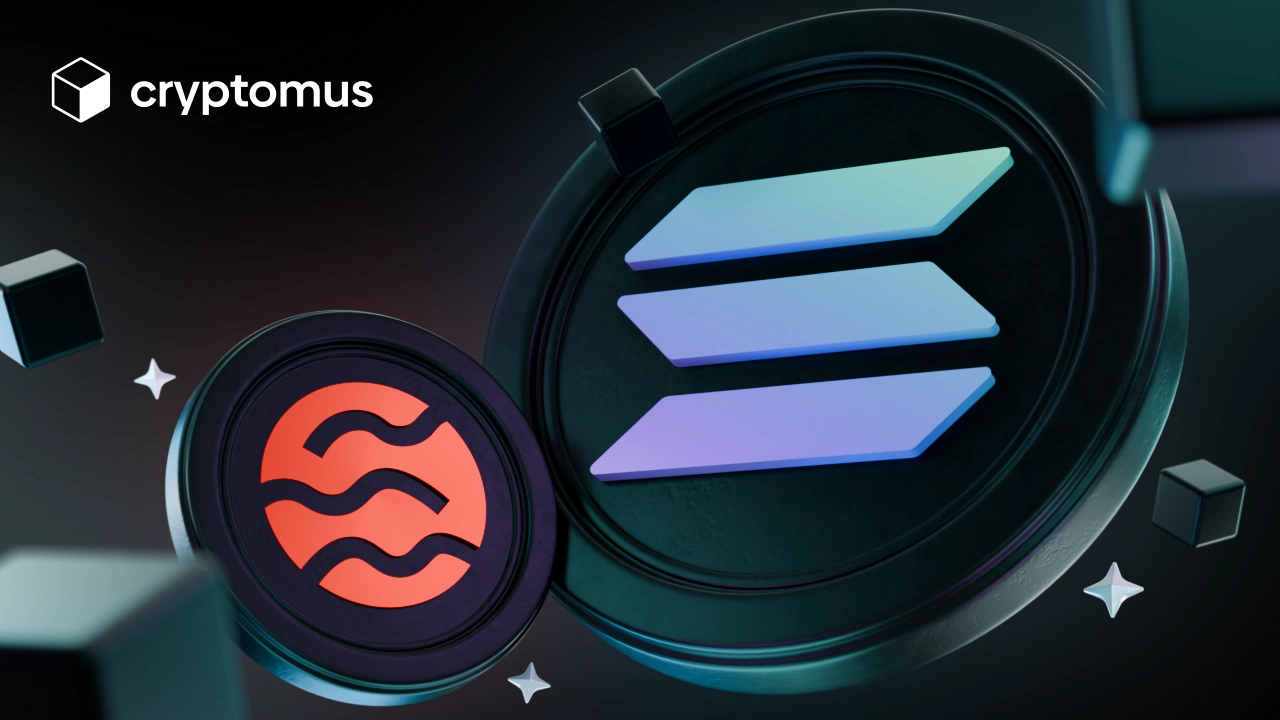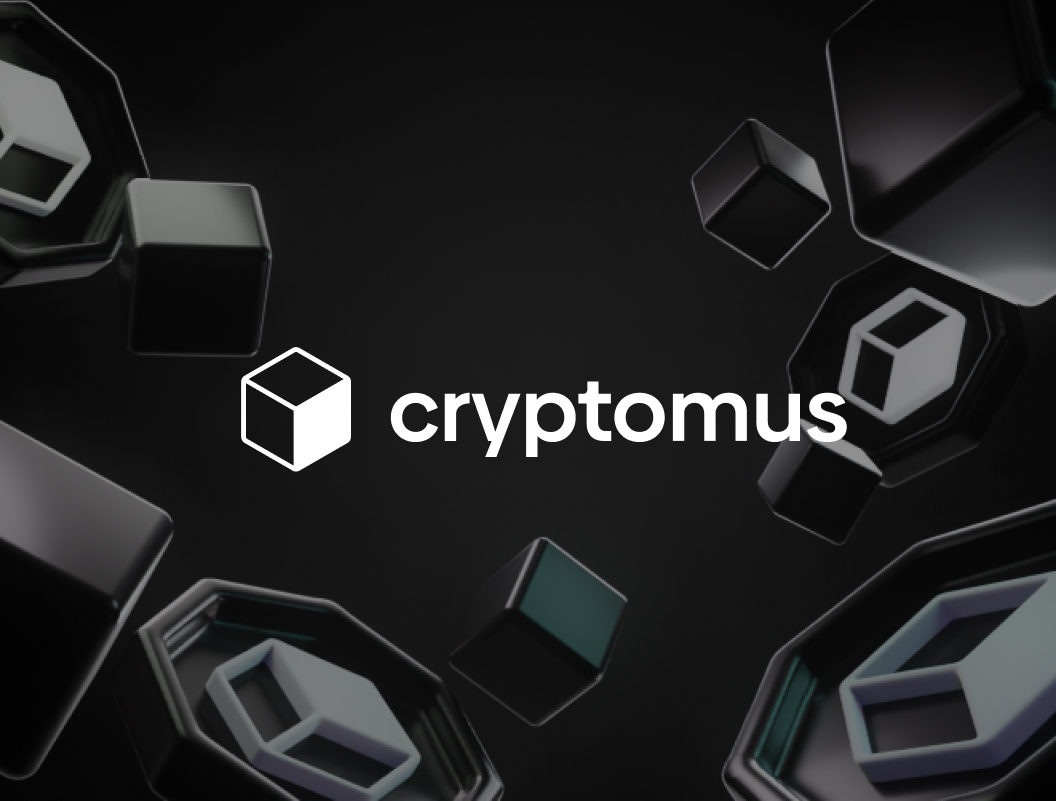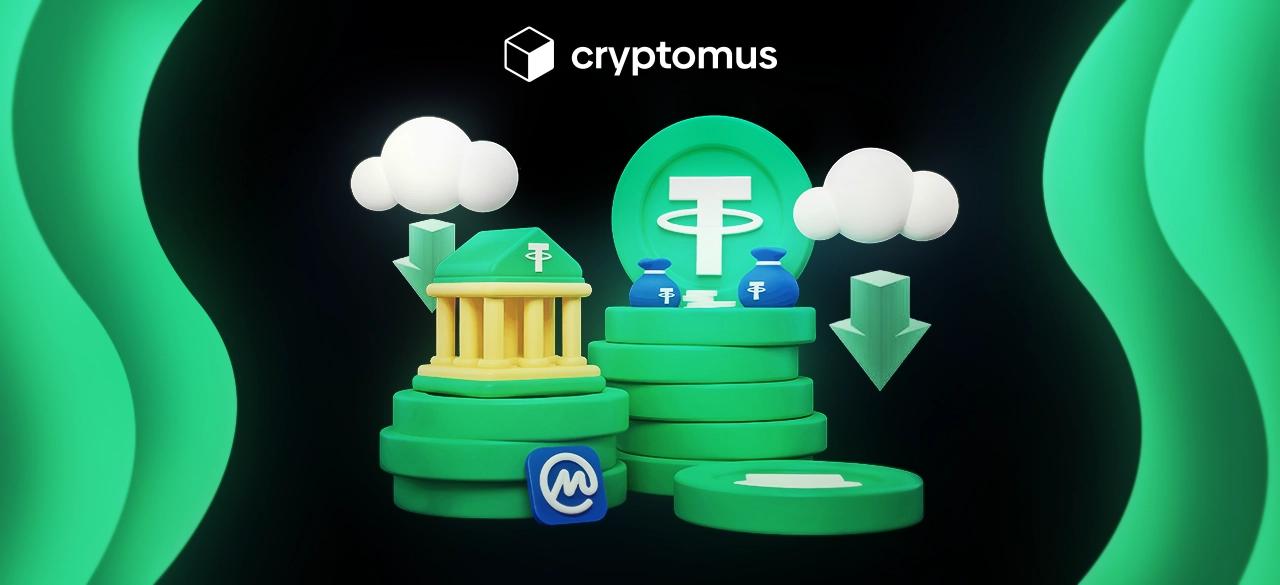
SEI Vs. Solana: การเปรียบเทียบแบบครบถ้วน
กำลังจับตา SEI และ SOL แต่ยังตัดสินใจไม่ได้ว่าจะชอบตัวไหนมากกว่ากันหรือเปล่า? คำถามเรื่อง “จะเลือกเหรียญไหนดี” พบได้บ่อยมากในโลกคริปโต โดยเฉพาะเมื่อโปรเจกต์มีความคล้ายกัน นั่นจึงเป็นเหตุผลที่เราจัดทำคู่มือเปรียบเทียบฉบับละเอียดนี้เพื่อช่วยคุณตัดสินใจ
SEI คืออะไร?
SEI พัฒนาขึ้นในปี 2023 โดยโครงการ Sei Network ที่มุ่งเพิ่มประสิทธิภาพการเทรดและสภาพคล่องใน DeFi เหรียญนี้ถูกออกแบบมาเพื่อมอบประสบการณ์แลกเปลี่ยนคริปโตที่รวดเร็วและมีประสิทธิภาพ โดยเน้น throughput สูง
SEI เป็นบล็อกเชนที่สร้างบน Cosmos SDK และเล็งเป้าตรงสู่โปรเจกต์ทางการเงิน ยกตัวอย่างเช่น บนเหรียญรุ่นแรกอย่าง Bitcoin หรือ Ethereum คุณสามารถเปิดตัวแอปอเนกประสงค์ทั่วไปได้ ส่วน SEI เป็นเชนรุ่นถัดไปที่ทำหน้าที่เป็นฐานสำหรับการแลกเปลี่ยนสินทรัพย์คริปโตในแอปการเงิน ผลลัพธ์คือธุรกรรมเกิดขึ้นรวดเร็วและขยายระบบได้สูง ซึ่งเป็นสิ่งที่ภาคธุรกิจต้องการ อย่างไรก็ดี เพื่อแลกกับข้อได้เปรียบเหล่านี้ SEI จึงยอมลดทอนในด้านความปลอดภัยและความกระจายศูนย์ลงบ้าง
Solana (SOL) คืออะไร?
Solana เป็นบล็อกเชนรุ่นที่สองซึ่งถูกออกแบบมาเพื่อแก้ปัญหา scalability คล้ายกับที่ Bitcoin เผชิญ โปรเจกต์นี้สร้างโดย Anatoly Yakovenko อดีตวิศวกร Qualcomm ในปี 2017
Solana มีชื่อเสียงด้าน throughput สูงและเวลาประมวลผลธุรกรรมที่รวดเร็ว ราว 65,000 รายการต่อวินาที ความเร็วระดับนี้เป็นไปได้ด้วยกลไกฉันทามติแบบ Proof-of-History (PoH) ร่วมกับ Proof-of-Stake (PoS) ทำให้ Solana น่าดึงดูดสำหรับ dApps และโปรเจกต์ขนาดใหญ่
ด้านความสนใจจากนักลงทุน ข้อมูลมีการเปลี่ยนแปลงตามกาลเวลา ณ กันยายน 2024 บริษัทอย่าง BlackRock มีการจัดสรรเงินทุนสู่ Solana และมีความคาดหวังเรื่องการเปิดตัว ETF ในไม่ช้า โปรเจกต์ที่เกี่ยวข้องโดยตรงกับเหรียญก็ได้รับความสนใจเช่นกัน เช่น Solend (โปรโตคอลปล่อยกู้) และ Drift (แพลตฟอร์มเทรด)
เปรียบเทียบเครือข่าย SEI Network และ Solana Network
Sei Network และ Solana เป็นบล็อกเชนที่มีเอกลักษณ์ของตนเอง ออกแบบมาเพื่อวัตถุประสงค์ต่างกัน Sei Network โฟกัสที่การเทรดและสภาพคล่องใน DeFi โดยทำได้ง่ายด้วยฐาน Cosmos SDK และกลไก Tendermint Core โทเค็น SEI เหมาะสำหรับการ staking และการพัฒนา ecosystem
ขณะที่ Solana ครอบคลุมกรณีใช้งานที่กว้าง ตั้งแต่แอปการเงินแบบกระจายศูนย์ (DeFi), NFT, เกม ไปจนถึง dApps หลากหลายรูปแบบ อีกทั้งด้วยกลไก Proof-of-History (PoH) ที่สร้าง timestamp ให้ธุรกรรม ทำให้เพิ่มความเร็วและการขยายระบบ โทเค็น SOL ใช้ชำระค่าธรรมเนียมและเกี่ยวข้องกับธรรมาภิบาลของเครือข่าย
ดังนั้น เป้าหมายและโครงสร้างเครือข่ายของทั้งคู่จึงต่างกันอย่างชัดเจน—SEI เน้น latency ต่ำ และ ความเร็วสูง ในบริบทของการเทรดและ DeFi ส่วน Solana มอบ scalability สูงและการประมวลผลที่รวดเร็วสำหรับแอปพลิเคชันหลากหลาย การเลือกจึงขึ้นอยู่กับความต้องการและเป้าหมายเฉพาะของคุณ

ความแตกต่างสำคัญระหว่าง SEI และ Solana
จากที่กล่าวมาข้างต้น แม้ฟังก์ชันเครือข่ายจะแตกต่างกัน แต่ก็มีจุดร่วมอยู่บ้าง มาดูปัจจัยหลักอย่างใกล้ชิดเพื่อหาคำตอบว่า SEI และ Solana “คล้ายกันจริงไหม”
ความเร็วในการทำธุรกรรม: SEI vs Solana
SEI ตั้งเป้าความเร็วธุรกรรมสูงด้วยสถาปัตยกรรมที่ปรับแต่งเพื่อการประมวลผลแบบขนาน ทำให้ทำธุรกรรมหลายรายการพร้อมกันได้ ความเร็วอยู่ในช่วง 20,000–25,000 รายการต่อวินาที ขึ้นกับความหนาแน่นของเครือข่าย ความเร็วนี้ช่วยลด latency ซึ่งสำคัญมากในบริบทของการเทรดและแอปการเงิน
Solana เป็นหนึ่งในบล็อกเชนที่เร็วที่สุดในปัจจุบัน ด้วยศักยภาพในการประมวลผลสูงสุดราว 65,000 ธุรกรรมต่อวินาที อาศัยกลไก Proof-of-History ที่ช่วยเร่งการยืนยันและลดความหน่วง โดยสร้าง cryptographic timestamp ให้ธุรกรรมและจัดลำดับการบันทึกลงบล็อก ลดเวลาการยืนยันบล็อก สรุปคือทั้งสองต่างมีโซลูชันขั้นสูง แต่ Solana โดดเด่นกว่าในเชิงความเร็วและ scalability ในภาพรวม
กลไกฉันทามติ (Consensus Mechanism): SEI vs Solana
Sei Network ใช้กลไก Tendermint Core ซึ่งเป็น PoS เวอร์ชันปรับปรุง เครือข่ายบรรลุฉันทามติด้วยกระบวนการโหวตของ validator ช่วยสร้างความเชื่อถือ เหมาะกับเครือข่ายที่มีความถี่ธุรกรรมสูงอย่าง Sei
Solana ใช้การผสานระหว่าง Proof-of-History (PoH) และ Proof-of-Stake (PoS) โดย PoH เร่งกระบวนการและจัดลำดับธุรกรรมแบบเข้ารหัส ขณะที่ PoS คัดเลือก validator เพื่อยืนยันธุรกรรมและสร้างบล็อกใหม่ เพิ่มทั้งความเร็วและความปลอดภัยของเครือข่าย
Ecosystem และการสนับสนุนนักพัฒนา: SEI vs Solana
Ecosystem ของ SEI Network อยู่ในช่วงเติบโต มุ่งเน้นแอปการเงินและแพลตฟอร์มเทรด Sei Network สนับสนุนนักพัฒนาด้วย grant และความช่วยเหลือทางเทคนิค ซึ่งเป็นแต้มต่อที่ดีในการร่วมงาน อย่างไรก็ดี เครือข่ายยังเจาะกลุ่มผู้ใช้เฉพาะด้านการเงินเป็นหลัก
ฝั่ง Solana มี ecosystem ที่กว้างขวางรองรับ dApps, DeFi, NFT, เกม และโครงสร้างพื้นฐานหลากหลาย Solana Ventures สนับสนุนนักพัฒนาด้วยทุน การจัด hackathon และแหล่งเงินสำหรับโอกาสใหม่ ๆ ส่งผลให้เติบโตเร็วและดึงดูดบุคลากรได้มาก
SEI คือ Solana ถัดไปหรือไม่?
เมื่อพิจารณาปัจจัยสำคัญจากทุกมุม คำถามคือ: SEI คือ Solana ตัวต่อไปหรือไม่?
แม้ Sei Network และ Solana จะมีจุดร่วม เช่น สมรรถนะสูง การทำงานแบบ PoS และค่าธรรมเนียมต่ำ แต่ เป้าหมายต่างกัน Solana คือแพลตฟอร์มอเนกประสงค์สำหรับแอปหลากหลาย ขณะที่ Sei Network โฟกัสโจทย์เฉพาะด้าน Solana มี ecosystem ใหญ่และสุกงอม ความร่วมมือมากมาย และการแข่งขันบน exchange ที่เข้มแข็ง ส่วน Sei แม้กำลังพัฒนาอย่างรวดเร็ว แต่ยังอยู่ในระยะต้นและต้องใช้เวลาเพื่อก้าวสู่ระดับเดียวกับ Solana
กล่าวได้ว่า Sei Network ได้แรงบันดาลใจจากความก้าวหน้าทางเทคโนโลยีของ Solana ก็จริง แต่ไม่ใช่ “ผู้สืบทอดโดยตรง” SEI คือโซลูชันเฉพาะทางที่เน้นการเทรดและสภาพคล่อง ซึ่งทำให้ต่างจากแนวทางกว้าง ๆ ของ Solana
การเปรียบเทียบแบบ Head-to-Head ระหว่าง SEI และ Solana
ท้ายสุด เราเตรียมตารางเพื่อให้เห็นภาพความเหมือนและความต่างของทั้งสองคริปโตอย่างชัดเจน:
| คริปโต | กลไก | เป้าหมาย | ราคา | ความเร็ว | การขยายระบบ (Scalability) | |
|---|---|---|---|---|---|---|
| SEI | กลไกProof of Stake (PoS) พร้อม Tendermint Core | เป้าหมายออกแบบเพื่อ DEX และการเทรดแบบกระจายศูนย์ | ราคาประมาณ ~$0.12 (ณ ปี 2024) | ความเร็ว~1 วินาทีต่อธุรกรรม | การขยายระบบ (Scalability)ขยายระบบได้สูง รองรับถึง ~20,000 TPS | |
| Solana | กลไกProof of History (PoH) ผสาน Proof of Stake (PoS) | เป้าหมายบล็อกเชนประสิทธิภาพสูงสำหรับ dApps และโปรเจกต์คริปโต | ราคาประมาณ ~$20 (ณ ปี 2024) | ความเร็ว~400 มิลลิวินาทีต่อธุรกรรม | การขยายระบบ (Scalability)ขยายระบบได้สูงมาก รองรับมากกว่า 65,000 TPS |
เราขอแนะนำให้ติดตามพัฒนาการของทั้งสองเหรียญอย่างใกล้ชิด ไม่ว่าคุณจะชอบผู้เล่นรายใด Cryptomus ก็เป็นตัวเลือกที่ดีสำหรับการเทรดคริปโต ด้วยอินเทอร์เฟซที่ใช้งานง่ายและฟีเจอร์ครบถ้วน มือใหม่ก็ใช้งานได้ไม่ยาก
คุณชอบคริปโตคู่แข่งสองตัวนี้ตัวไหนมากกว่ากัน? เพราะอะไร? แบ่งปันความคิดเห็นของคุณในคอมเมนต์ได้เลย!
ให้คะแนนบทความ




ความคิดเห็น
0
คุณต้องเข้าสู่ระบบเพื่อโพสต์ความคิดเห็น